In “The Role of the Cloaca in Avian Reproduction,” the article explores the importance of the cloaca in the reproductive process of birds. Serving as the final chamber of both the digestive and reproductive systems, the cloaca functions as a common passage for various bodily functions. For birds, this includes the elimination of urine, feces, as well as sperm and eggs. Unlike mammals, birds lack a bladder, instead transferring urine directly from the kidneys to the cloaca. As a result, the expelled urine takes on a semi-solid, pasty form that is white in color. Additionally, the cloaca is responsible for the excretion of waste materials, including both the white uric acid, commonly known as bird poop, and the dark fecal matter. While birds may not intentionally defecate on cars, their choice of roosting spots above parking spaces allows for easy access to food waste left by humans. Furthermore, bird waste, particularly the nutrient-rich uric acid, has long been utilized by humans as organic fertilizer, known as guano. Additionally, the article outlines the process of avian reproduction, highlighting how copulation involves the brief pressing of the male and female cloacae together. While most birds lack a penis, certain species such as ostriches and ducks possess a penis-like structure. Following copulation, the female’s ovary releases eggs into the oviduct, where fertilization can take place. The intricate process of egg development occurs in various parts of the reproductive tract, culminating in the expulsion of the completed egg through the cloaca and subsequently laid in a nest.
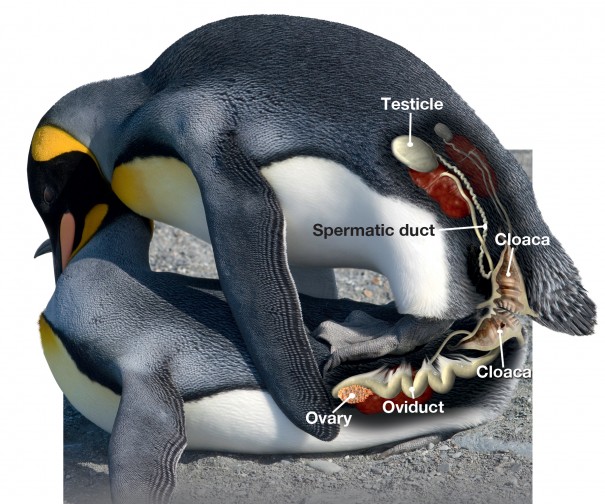
Overview of the Cloaca
The cloaca is a chamber located at the end of the digestive and reproductive systems of various animals such as birds, reptiles, amphibians, and fish. It serves as a common passage through which waste and reproductive cells exit the body. In the case of birds, the cloaca acts as an essential organ for waste elimination and plays a crucial role in their reproductive process.
Definition of the Cloaca
The term “cloaca” originates from the Latin word meaning “sewer” or “drain.” It accurately describes the function of this chamber in various animals, as it serves as a common outlet for waste elimination and reproduction.
Functions of the Cloaca
The primary function of the cloaca is to facilitate waste elimination by providing a common exit route for urine and feces. In birds, this chamber also plays a vital role in their reproductive process. Both male and female birds have cloacas, which allow for the transfer of sperm and eggs during copulation.
Comparison of Cloaca in Different Species
The presence and structure of the cloaca can vary among different species. While birds, reptiles, amphibians, and fish all possess a cloaca, there are some distinct differences. The cloaca in birds, for instance, has an additional role in waste absorption, unlike in other animals. Additionally, some bird species exhibit unique reproductive characteristics in relation to their cloacas, as they may have specific adaptations or structures for copulation and egg laying.
Cloaca and Waste Elimination
Role of Cloaca in Waste Elimination
In birds, the cloaca plays a crucial role in waste elimination. Since birds lack a bladder, urine passes directly from the kidneys to the cloaca. The cloaca absorbs some of the water from the urine, resulting in the voided waste being a semi-solid pasty residue instead of a liquid.
Absorption of Water from Urine
The cloaca’s ability to absorb water from the urine helps birds retain essential fluids in their bodies, especially in arid environments where water is limited. This adaptation allows them to maintain hydration while eliminating waste efficiently.
Composition of Bird Waste
Bird waste consists of two parts: white uric acid and dark fecal matter. The white uric acid, commonly known as bird poop, is derived from the cloaca’s role in waste elimination. The uric acid appears white due to the lack of additional moisture absorbed from the cloaca. On the other hand, the dark fecal matter is a result of the digestive process and includes undigested food particles.
Explanation of White Uric Acid
The white uric acid found in bird waste is a byproduct of the bird’s unique metabolic process. Unlike mammals, birds convert their metabolic waste into uric acid, which requires less water for excretion. This adaptation allows birds to conserve water, making them more efficient in arid environments.
Dark Fecal Matter in Bird Waste
In addition to the white uric acid, bird waste also contains dark fecal matter. This part of the waste consists of undigested food particles that were not absorbed or utilized by the bird’s digestive system. The color and texture of the fecal matter can vary based on the bird’s diet and overall health.
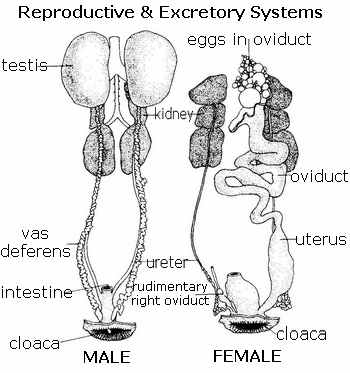
Utilization of Bird Waste
Bird Waste as Fertilizer
Bird waste, particularly the uric acid component, is highly beneficial as a natural fertilizer. Known as guano, the nutrient-rich waste has been utilized by humans for thousands of years in agricultural practices. Its high concentrations of nitrogen, phosphorus, and potassium make it an excellent organic fertilizer for promoting plant growth.
Historical Use of Bird Waste
The use of bird waste as a fertilizer dates back to ancient times. Civilizations such as the Incas, who inhabited the coastal regions of South America, recognized the value of guano and used it to improve soil fertility and promote agricultural productivity. This ancient practice continues to be employed in modern agriculture, harnessing the natural benefits of bird waste.
Composition and Nutrient Value of Bird Waste
Bird waste, specifically guano, has a well-balanced nutrient composition that enhances soil fertility. It contains significant amounts of nitrogen, a vital element for plant growth and chlorophyll production. Phosphorus, another essential nutrient, promotes root development and overall plant health. Additionally, guano is rich in potassium, which aids in the synthesis of proteins and improves overall plant resistance to disease and stress.
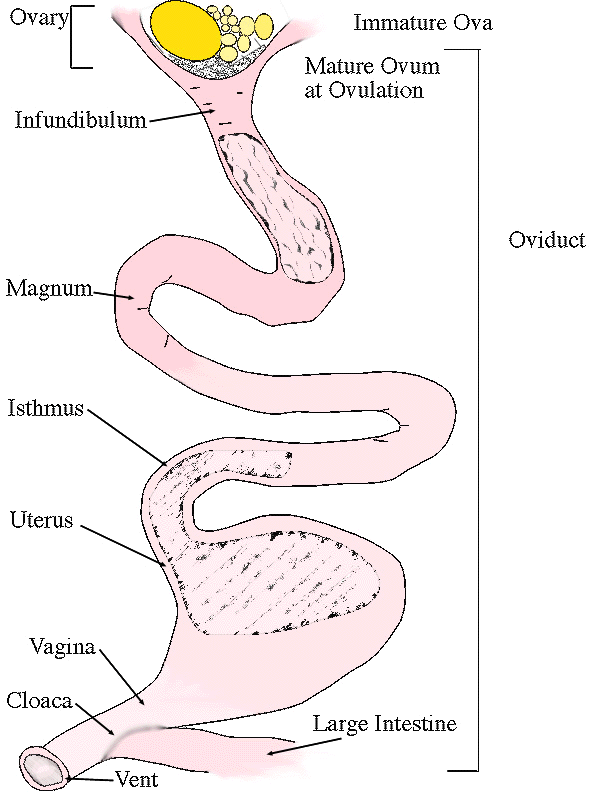
Copulation and Reproduction
Copulation in Birds
Birds reproduce through a process called copulation, during which the male and female briefly press their cloacas together. This enables the transfer of sperm from the male to the female. The duration and behavior of copulation can vary among different bird species.
Presence or Absence of a Penis
Contrary to mammals, most birds do not possess a penis. Instead, their reproductive organs, including the cloaca, are specifically adapted to facilitate copulation and egg laying.
Species with Penis-like Structure
While most bird species lack a penis, some exceptions can be found. Certain species, such as ostriches and ducks, have a penis-like structure called a phallus. This specialized adaptation allows for more direct transfer of sperm during copulation.
Fertilization Process in Birds
After copulation, the female’s left ovary releases eggs into the oviduct, which is connected to the cloaca. Once in the oviduct, sperm can fertilize the eggs if present. This internal fertilization process enables the development of offspring within the female bird’s body.
Release of Eggs into the Oviduct
The female bird releases the eggs into the oviduct shortly after copulation. The oviduct connects to the cloaca, serving as a pathway through which the eggs pass for further development.
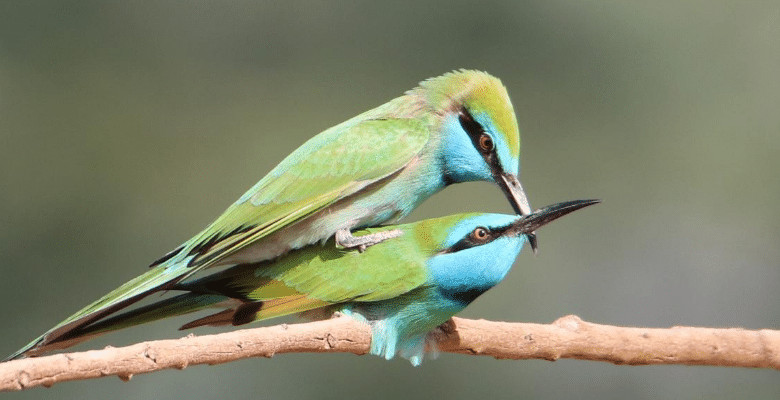
Egg Development Process
Different Stages of Egg Development
Egg development in birds occurs in various stages, each taking place in a different part of the reproductive tract. These stages include the magnum, isthmus, uterus, and vagina.
Magnum: Egg White Formation
The first stage of egg development takes place in the magnum, an area of the oviduct close to the cloaca. During this stage, the egg white or albumen is formed around the yolk. The albumen consists of proteins that provide nourishment to the developing embryo.
Isthmus: Shell Membrane Formation
In the isthmus stage, the uterine gland secretes layers of shell membrane around the egg. These membranes form a protective barrier and aid in preventing the entry of harmful bacteria.
Uterus: Shell Formation
The third stage occurs in the uterus, where the actual shell of the egg is formed. The uterine gland deposits calcium carbonate, which hardens and strengthens the shell. This stage is crucial for creating a protective environment for the developing embryo.
Vagina: Egg Delivery
Once the shell is fully formed, the egg moves into the vagina, the final part of the oviduct. The vagina acts as a passage for the completed egg to exit the reproductive tract.
Egg Expulsion from the Cloaca
The completed egg is expelled from the cloaca through contractions of the reproductive tract muscles. The egg is then laid in a nest or suitable location for incubation and further development.
In conclusion, the cloaca serves as a multi-functional organ in birds, playing a vital role in waste elimination and reproduction. Its ability to absorb water from urine, the composition of bird waste, and the unique structure of bird reproductive systems contribute to the fascinating biology of avian species. Moreover, the utilization of bird waste as a valuable fertilizer and the complex process of egg development highlight the diverse and intricate nature of the cloaca’s functions in birds.
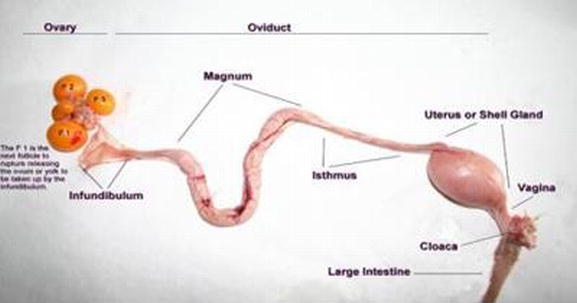
Leave a Reply